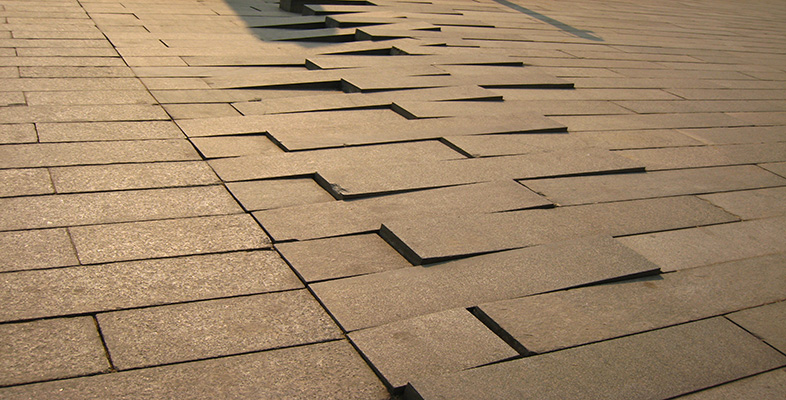2.3 Sea-floor spreading
During and just after World War II, the technological improvement to submarines led to an improvement in underwater navigation and surveying that revealed many intriguing underwater features. The most important of these were immense, continuous chains of volcanic mountains running along the ocean basins. These features are now termed mid-ocean ridges or more accurately, oceanic ridge systems.
Using this new information, three American scientists Hess, Dietz and Heezen (Box 1) proposed that the sea floor was actually spreading apart along the ocean ridges where hot magma was oozing up from volcanic vents. They further suggested that the oceanic ridges were the sites of generation of new ocean lithosphere, formed by partial melting of the underlying mantle followed by magmatic upwelling. They named the process sea-floor spreading. Moreover, they proposed that the topographic contrast between the ridges and the oceanic abyssal plains was as a consequence of the thermal contraction of the crust as it cooled and spread away from either side of the ridge axis. Most importantly, because new oceanic crust is generated at the ridge, the ocean must grow wider over time and, as a consequence, the continents at its margin move further apart. The evidence to support this model was found, once again, in the magnetic record of the rocks, but this time using rocks from the ocean floor.
